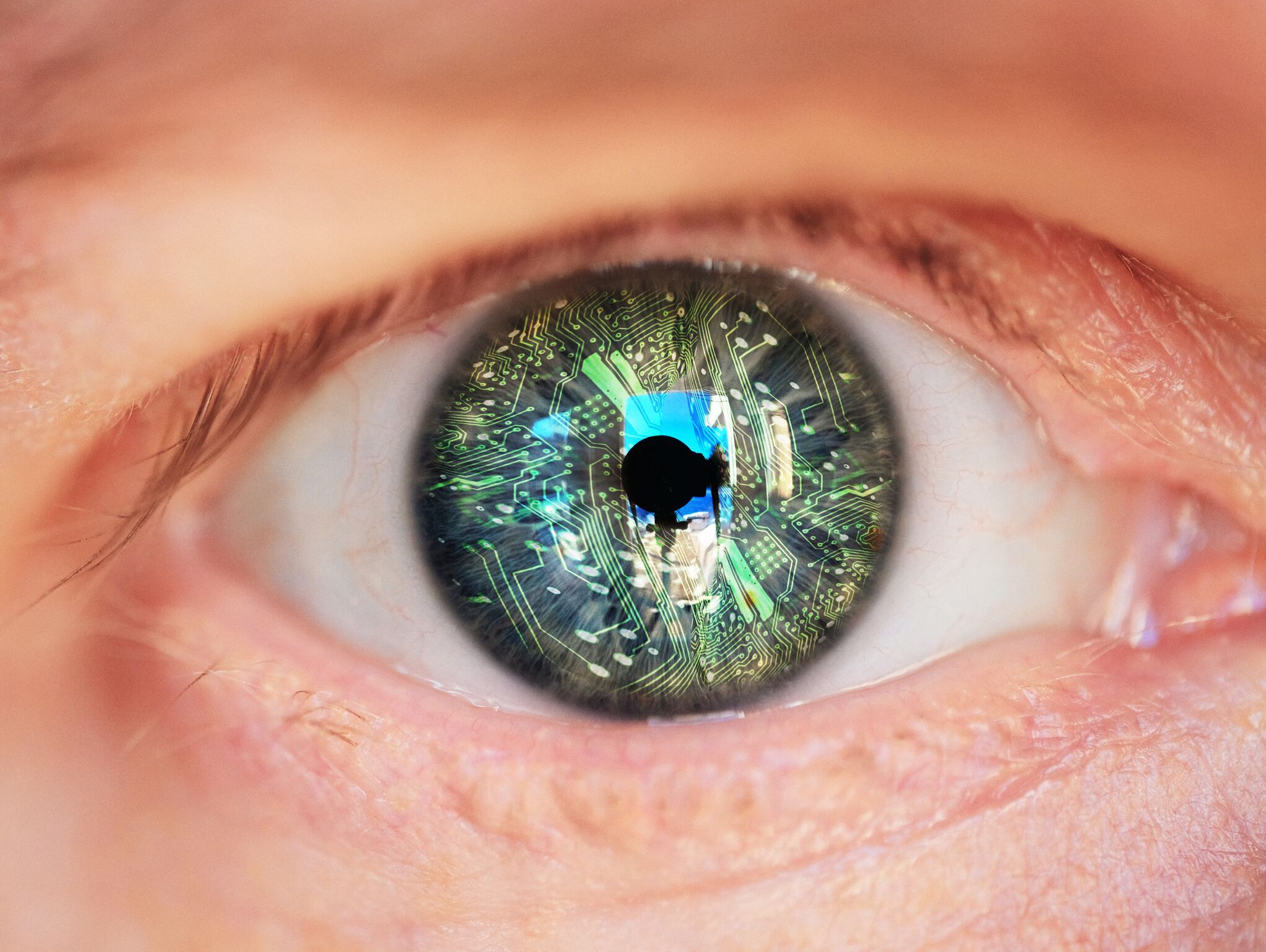
One of the challenges of glaucoma is that it can be asymptomatic until it’s in the later stages, at which point treatment options are limited.
With the goal of enabling earlier diagnoses, researchers at Singapore’s Nanyang Technological University,(NTU Singapore), in collaboration with clinicians at Tan Tock Seng Hospital (TTSH), have developed an AI-driven method to screen for glaucoma that uses algorithms to differentiate optic nerves with glaucoma from those that are normal.
According to reports, when used to analyze so-called “stereo fundus images” – multi-angle 2D images of the retina that are combined to form a 3D image – the AI method yielded an accuracy of 97 per cent in diagnosing glaucoma.
The automated glaucoma diagnosis method could potentially be used in less developed areas where patients lack access to ophthalmologists, said the scientists.
"Through a combination of machine learning techniques, our team has developed a screening model that can diagnose glaucoma from fundus images, removing the need for ophthalmologists to take various clinical measurements (such as internal eye pressure) for diagnosis,” explained Associate Professor Wang Lipo from the NTU School of Electrical and Electronic Engineering and lead author of the study. “The ease of use of our robust automated glaucoma diagnosis approach means that any healthcare practitioner could make use of the system to help in glaucoma screening. This will be especially helpful in geographical areas with less access to ophthalmologists."
The team is now testing their algorithms on a larger dataset of patient fundus images taken at TTSH. They are also looking at how the software can be ported to a mobile phone application so that, when used in conjunction with a fundus camera or lens adaptor for mobile phones, it could be a feasible glaucoma screening tool in the field.
“Many glaucoma patients remain undiagnosed in the community, and in developing countries like India, the percentage of undiagnosed cases may be well over 90 per cent,” said Dr Leonard Yip, Study Co-Author and Head of Glaucoma Service, National Healthcare Group Eye Institute, Tan Tock Seng Hospital. “While cases are usually picked up during routine eye checks, population-based screening is challenging due to the specialised and expensive equipment or trained experts required. The process of manually inspecting individual retinal images is also time-consuming and depends on subjective evaluation by experts. Our method of using AI, in contrast, could potentially be more efficient and economical.”
The full results are described in a study published in the peer-reviewed scientific journal Methods.
Photo by Daniel Haug/Getty Images


